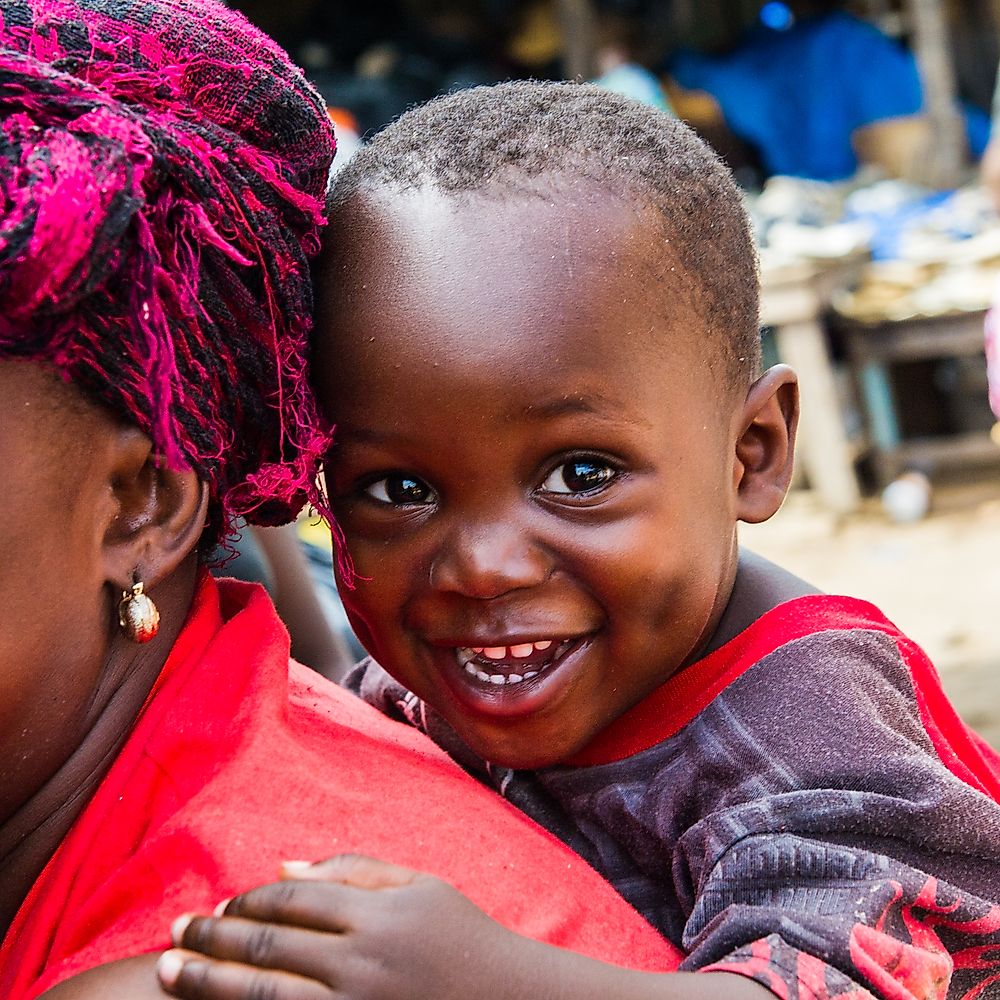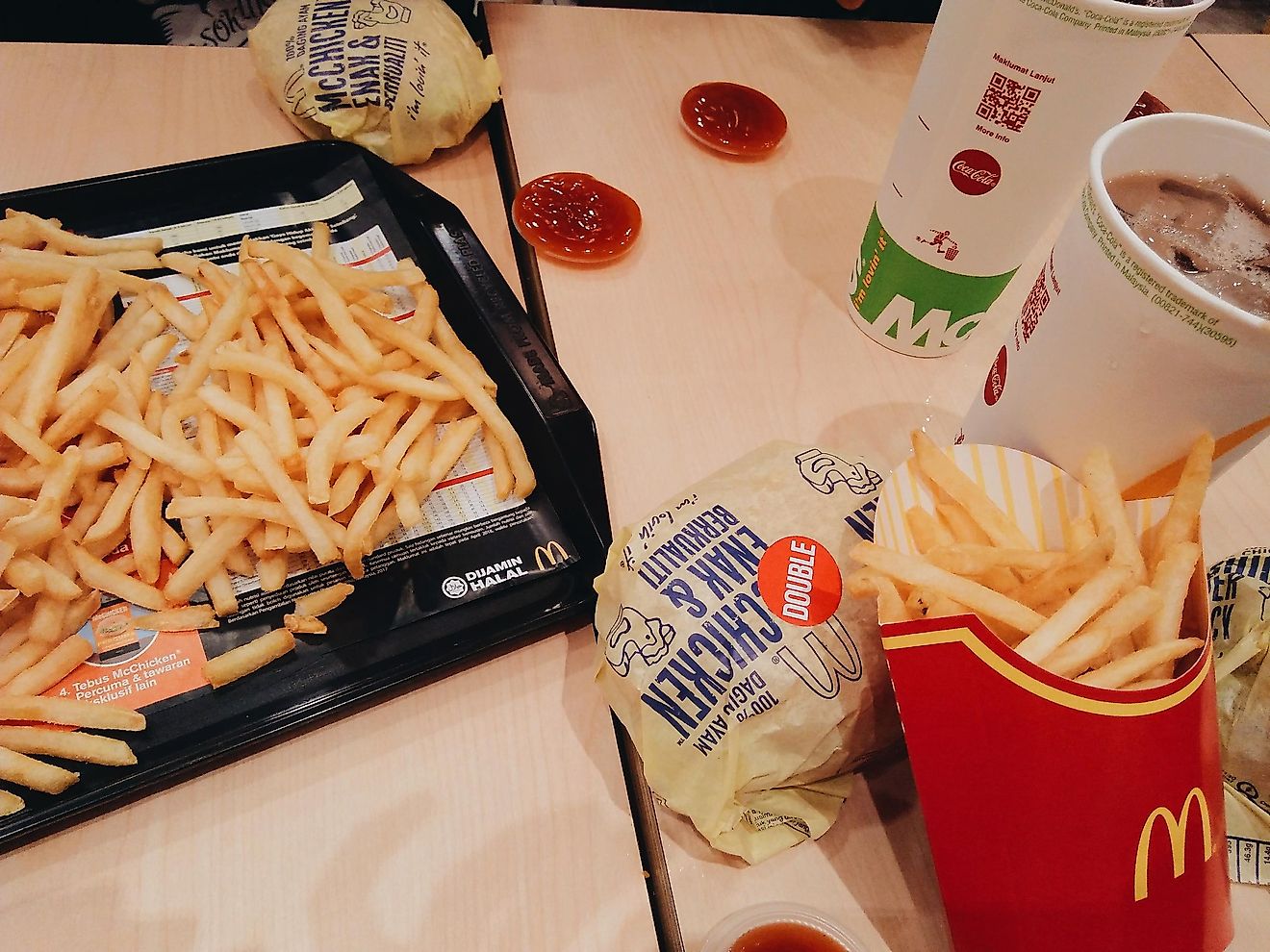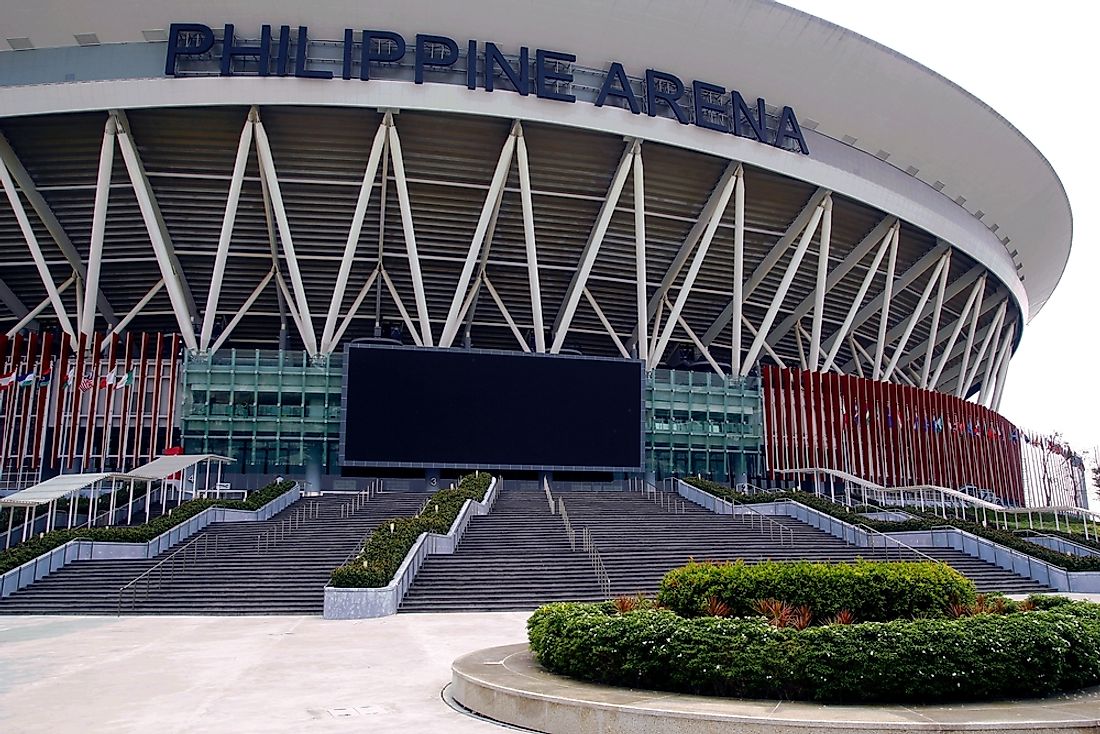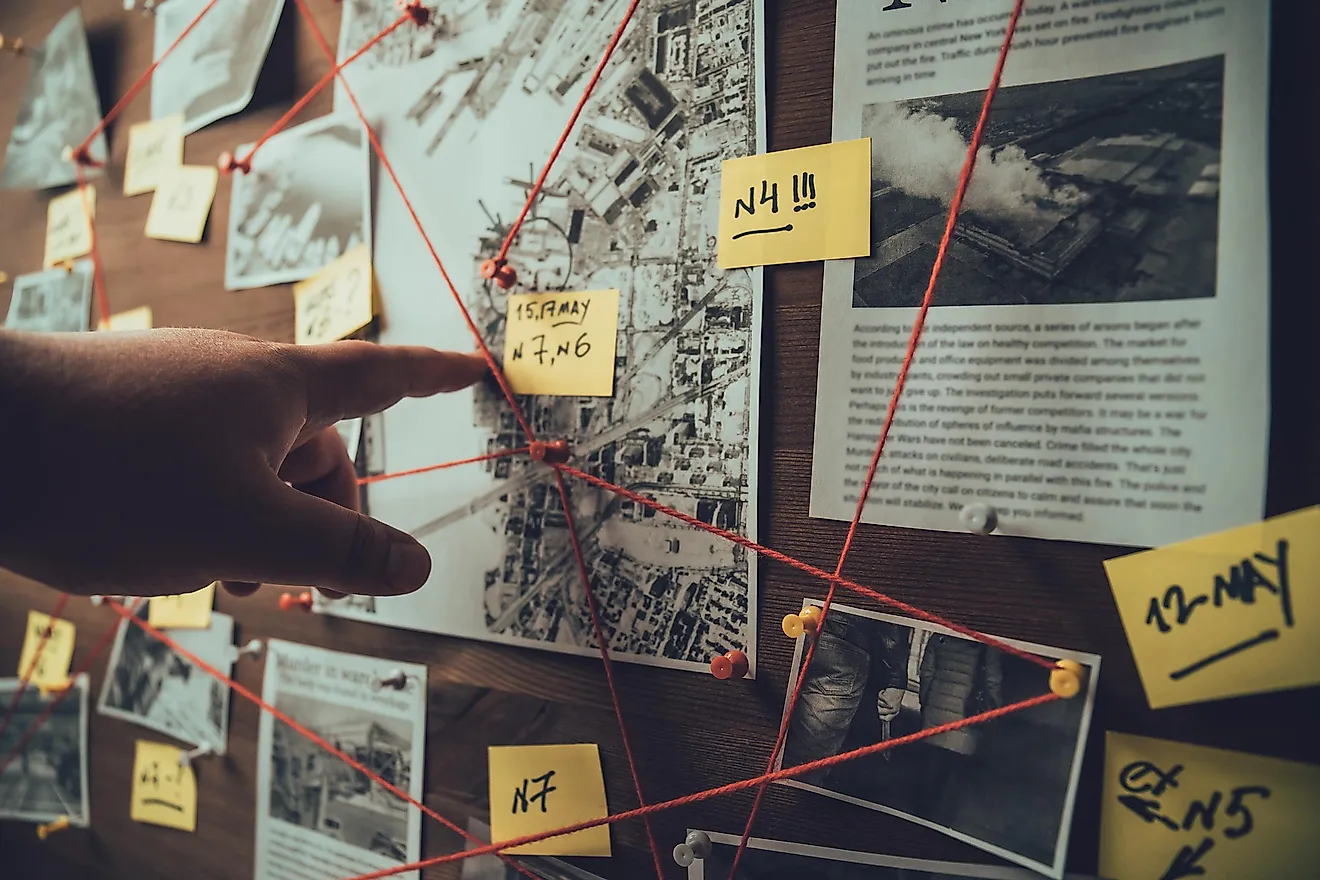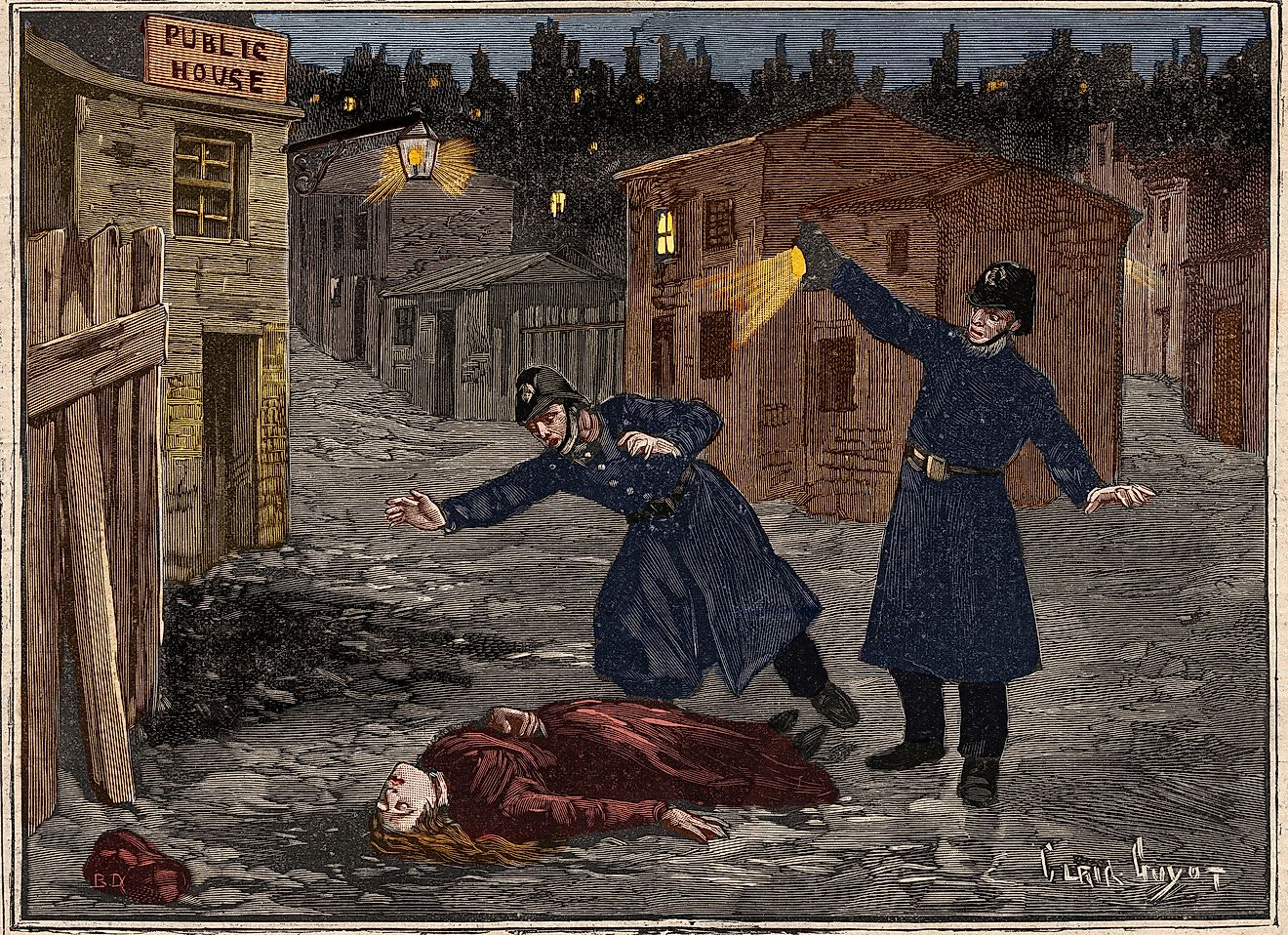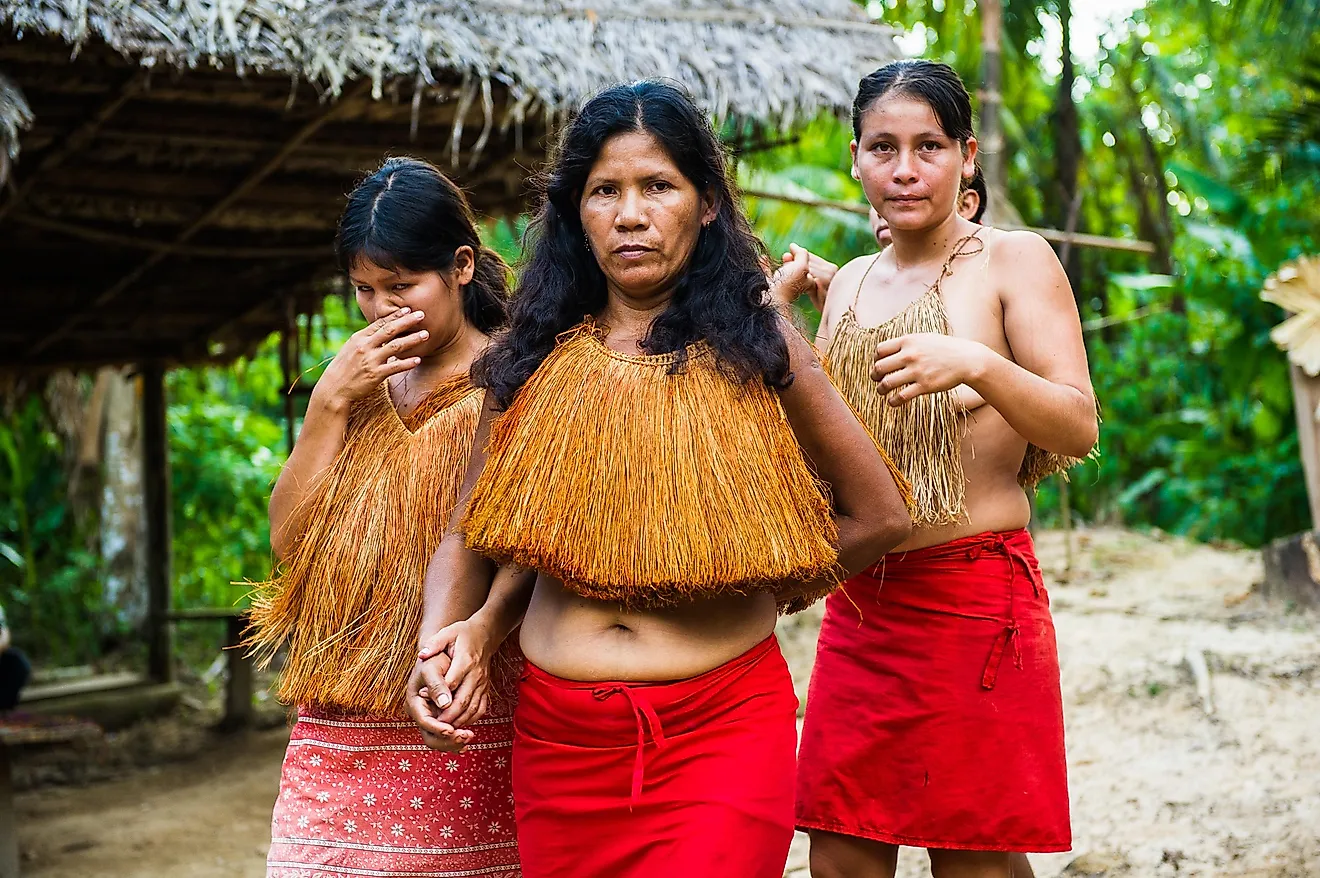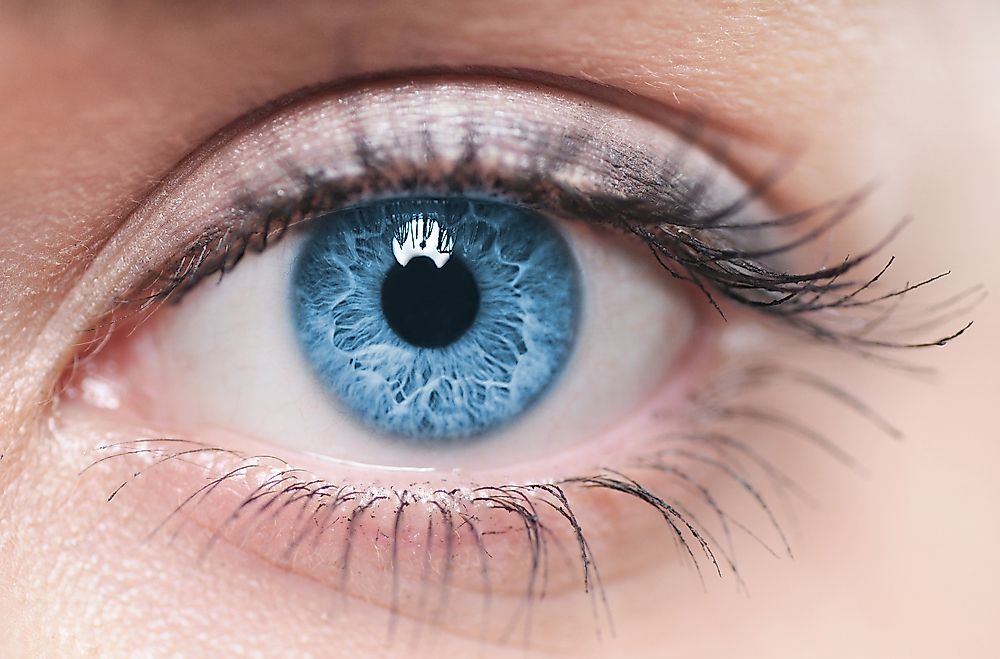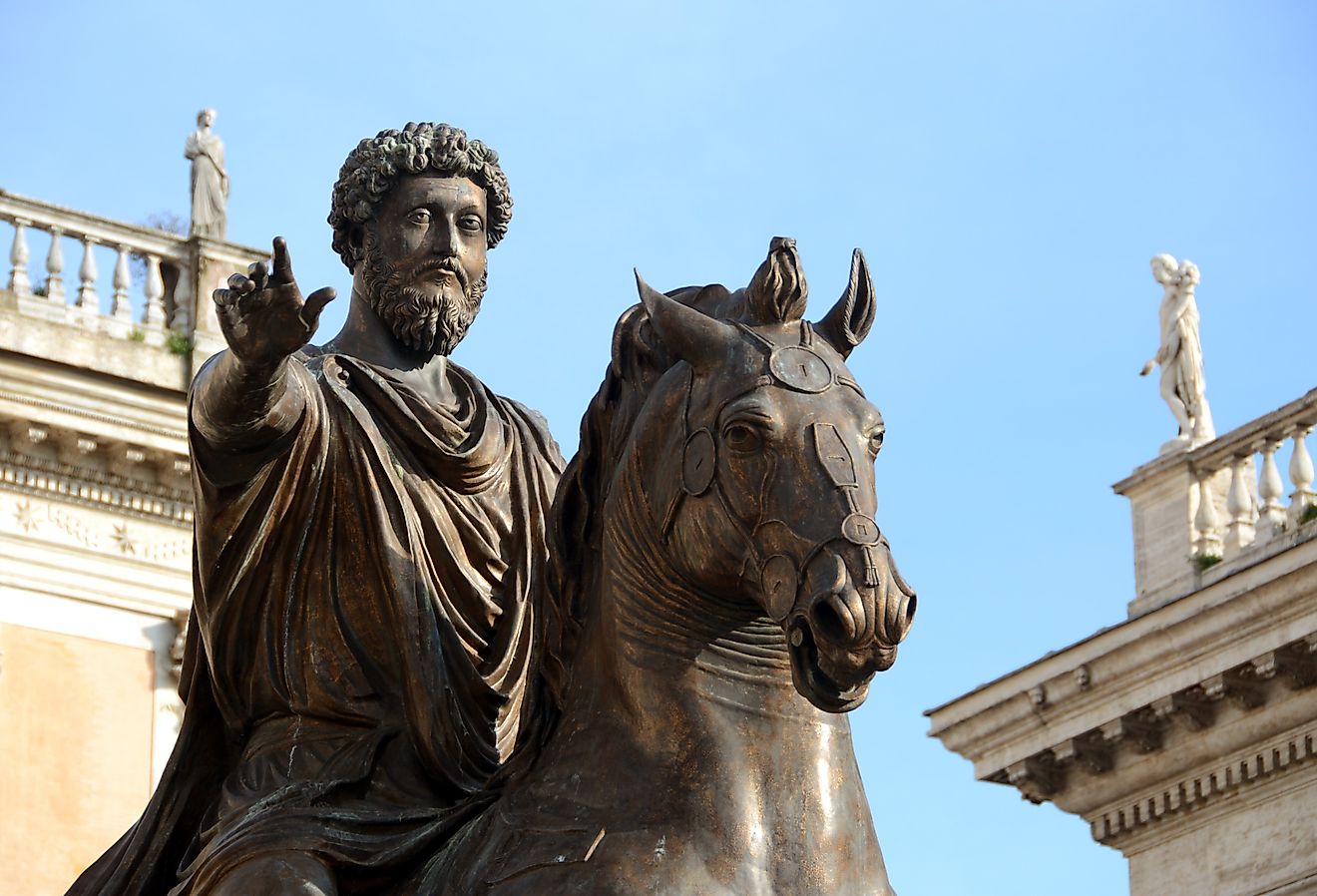Largest Ethnic Groups In Indonesia
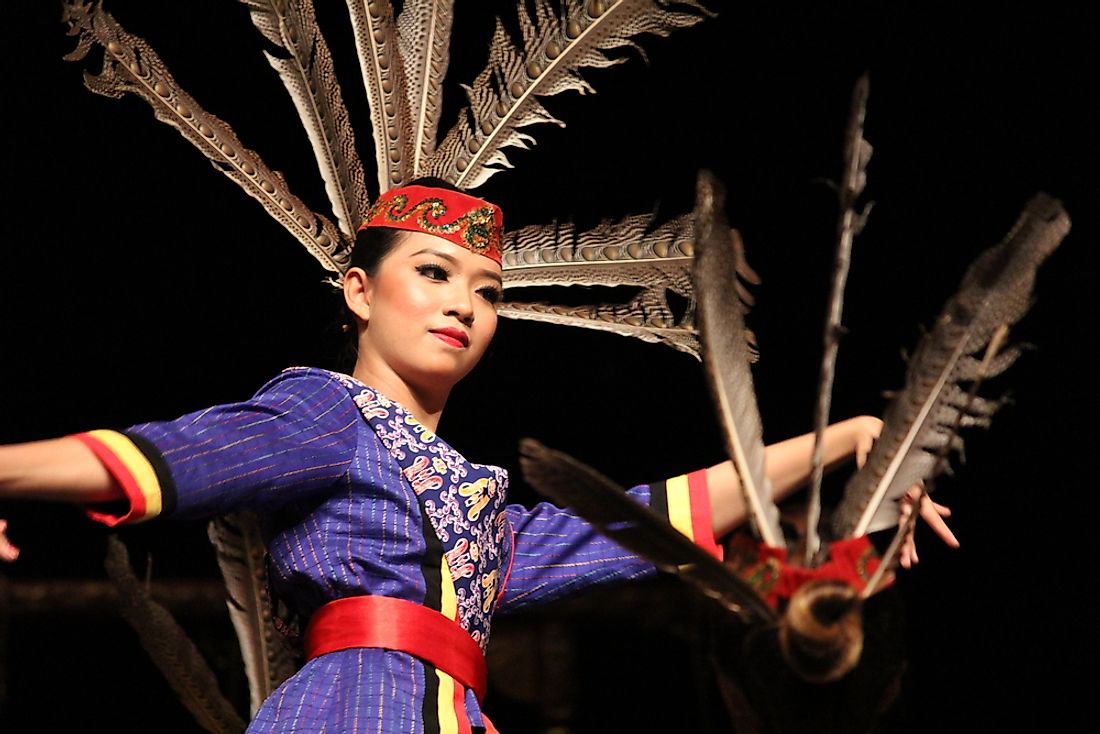
The Republic of Indonesia, the world’s largest island, is located in Southeast Asia with part of its territory in the Oceania. The country is sandwiched between Pacific and Indian Oceans. Indonesia has more than 13 islands with an estimated population of 237.6 million people spread across the islands. The majority of the population (58%) lives in Java Island. The population growth rate is 1.9% and a relatively young population with an average median age of 28.1 years. Indonesia also has the largest diaspora with over 8 million people spread across the world especially in countries such as Malaysia, UAE, US, Saudi Arabia, South Korea and Australia. Indonesia is home to over 300 ethnic groups and 742 different dialects. These ethnic groups include;
Javanese
Javanese people are the largest ethnic group in Indonesia with a population of over 100 million (40.2%) according to the 2011 census. They occupy mainly the central and eastern parts of the island. Javanese are also found in Malaysia, South Africa, Netherland, and Singapore. The ethnic group is divided into sub-groups including Mataram, Osing, Cirebonese, Samin, Tenggerese, Naganese, and Boyanese. The majority of these sub-groups are Muslims while a minority identify with Christianity. Javanese culture flourished in Indonesia and the oldest civilization that has been influenced by other cultures over time. The culture of this ethnic group demonstrates concern for elegance and refinement, courtesy, emotional restraint, politeness and consciousness to one’s social status. Javanese values are promoted by cultural expressions such as dance, batik, gamelan, and wayang.
Sundanese
Sundanese people occupy mainly the western part of Indonesia and numbers approximately 40 million representing 15.5% of the total population. The majority of Sundanese are Muslims with a very few of them being Christians and Buddhists. Sundanese people are of Austronesian origin who migrated from Taiwan through the Philippines in the 1500BC. The ethnic group has borrowed a lot of its culture from the Javanese except for the less rigid systems. They identify with the bilateral kinship system that considers both male and female equally important in the society. Rituals evolve around individual’s life cycle from birth to death. Sundanese cuisine characterized by freshness is popular in most of the cities in Indonesia. The ethnic group is largely agricultural with rice being the main crop cultivated.
Batak
Batak is a collective name for ethnic groups including Alas, Kluet, Toba, Mandailing, Pakpak, and Karo. These ethnic groups are found mainly in the North Sumatra in Indonesia. Though these sub-groups are distinct, their languages and customs are related. These ethnic groups collectively account for 3.65% of the total population in Indonesia. Batak societies are patriarchally organized around clans called Marga with fierce warriors guarding the clans. Batak’s major occupation is agriculture, fishing, and hunting. Lake Toba provides freshwater suitable for aquaculture. The Batak value education and prominent professional positions especially doctors, teachers, lawyers, and engineers. The burial tradition for these ethnic groups is very rich and complex with begu rituals performed on the body. The burial ceremony also includes reburial of bones of ancestors.
Conclusion
Other ethnic groups in Indonesia include Madurese, Betawi, Minangkabau, Buginese, Malay, and Bantenese. These ethnic groups each account for at least 2% of the country’s population. Most of these ethnic groups are predominantly farmers and a majority of their populations are Muslims.
Largest Ethnic Groups In Indonesia
| Rank | Ethnic Group | Share of Indonesian Population |
|---|---|---|
| 1 | Javanese | 40.2% |
| 2 | Sundanese | 15.5% |
| 3 | Batak | 3.65 |
| 4 | Madurese | 3.0% |
| 5 | Betawi | 2.9% |
| 6 | Minangkabau | 2.7% |
| 7 | Buginese | 2.7% |
| 8 | Malay | 2.3% |
| 9 | Bantenese | 2.0% |
| 10 | Banjarese | 1.7% |
